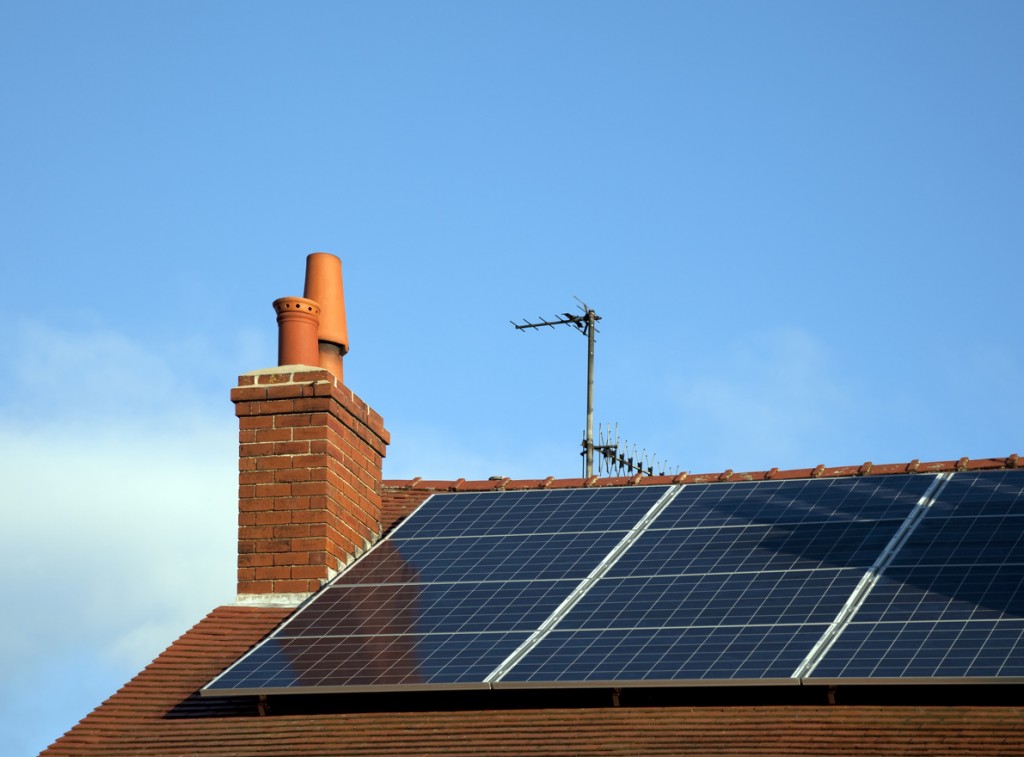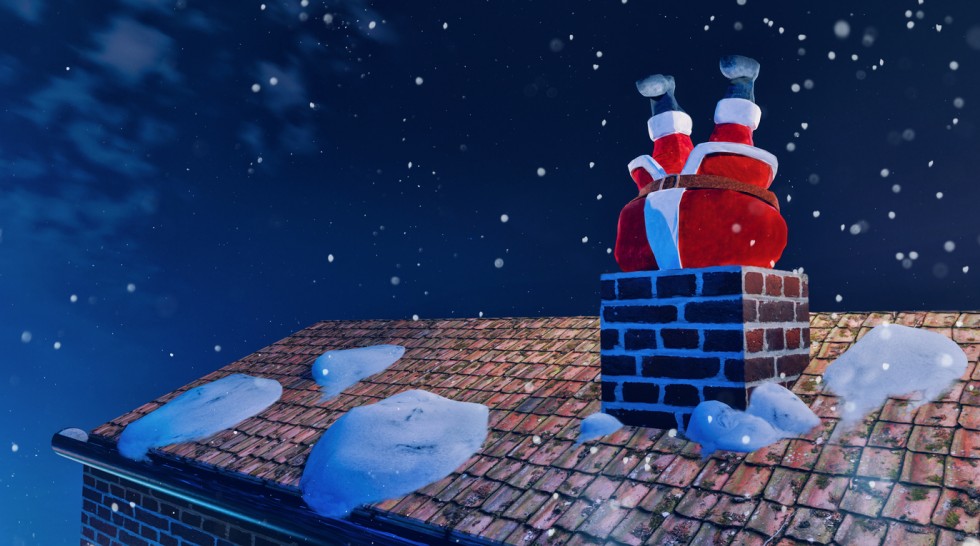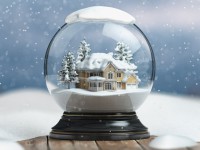Past winter was very harsh in many states with heavy snowfalls and abnormally low temperatures. Not only did it cause discomfort to people, who had to wear warm clothes and stay indoors as much as possible, but also had a damaging effect on the infrastructure and houses of many Americans. The most vulnerable place in a house during cold winter months is the roof and chimney in particular. If neglected, the chimney may become the source of serious problems such as health issues or fire. Spring is the best time to inspect how your fireplace and chimney are doing and take action if necessary. Here are the most typical chimney elements that may require your attention after the first two months of the year.
1. Brickwork
The bricks and mortar are the first chimney elements to take a blow from the relentless winter forces. The worst-case scenario for the chimney brickwork is when the temperature drops below the freezing point and then rises again. The water freezing leads to its expansion. As a result, the comparatively soft and porous bricks start to develop tiny cracks. With the freezing/thawing cycles changing over, these cracks become larger and wider until, finally, the brick faces or even entire bricks fall off and the chimney collapses. What can you do about that?
- Call professionals for repointing or tuckpointing the chimney. While bricks are sturdier and more water-resistant, the lifespan of mortar is usually 25 years. Tuckpointing is a way to repair the mortar joints by removing the old mortar and adding new material. Thus, you won’t have to rebuild the complete chimney, which is a good money saver.
- Seal cracks in the chimney by applying a breathable silicone elastomer (for example, CrackMagik by ChimneySaver) with an ordinary paint brush. That will prevent water from getting into the cracks again and make the matters worse. Apart from sealing individual cracks, experts recommend treating the whole chimney with a water repellent.
2. Flue
The flue is the passage for conveying exhaust gases from the fireplace to the outside. Unfortunately, you won’t be able to have a look inside the flue. Only professionals can do that by using special equipment. The flue may often get obstructed owing to the following:
- The wind. It may bring something like fallen tree branches down into the chimney. That’s especially likely when you have no cap covering the chimney opening.
- Bits of flue lining. That often happens in a neglected chimney that doesn’t get cleaned often enough.
- Animals. Again, if nothing protects the chimney from above, an animal may fall down the passage, get stuck there, and eventually die. So, if you smell a nasty odor, it may mean there is a dead animal in your chimney.
Obstructions in the structure of your chimney are extremely dangerous. In many cases, they may draw lethal toxic fumes back into your home, especially when the chimney is not high enough.
3. Cap
The cap is one of the most important chimney elements, serving two main purposes:
- It prevents rain water from pouring down the flue. So, make sure the cap sits tight above the chimney opening after the winter storms are over.
- It keeps animals from having a home inside your chimney or falling down the passage and blocking it.

Renewable energy – solar panels on a private house
4. Damper
While it’s just a simple flap inside the flue used for the air to escape or enter, you shouldn’t underestimate the importance of the damper for the system. If it gets stuck, a whole range of problems may ensue:
- If it’s always open, rainwater and insects may get inside your room, while cold air will escape.
- If it’s always closed, there is no way to start a fire since the blocked flue can’t convey gases and smoke to the outside.
Check that you can operate the damper smoothly (it completely opens and closes without effort) as the moisture and constant temperature fluctuations may have also taken their toll on it.
5. Crown
After the winter, the crown may have cracks, too. Through those, moisture can get inside and damage the other chimney elements such as the damper and the firebox, as well as the ceilings and walls in your home. Try to identify cracks in the crown as soon as you can and seal them with silicone (or invite a professional chimney repair specialist).
6. Flashing
Another explanation for a leaky chimney can be bad flashing, which is the material that seals the joint between the chimney and the roof. As the consequence of constant moisture, this material may start corroding. It may also be damaged by something falling on the roof. You can replace the flashing with no external help. Still, as usual, we recommend entrusting this delicate operation to professionals.
Even though the winter season is over and there is no longer a need for having logs to crackle in your fireplace, you should inspect the essential chimney elements and fix or have fixed any issues with them you notice. Otherwise, the coming rains will only aggravate the situation and pull more money out of your pocket.





